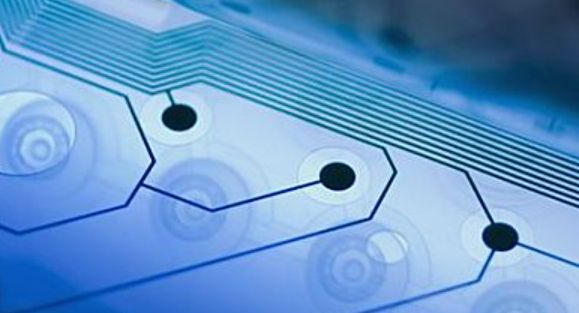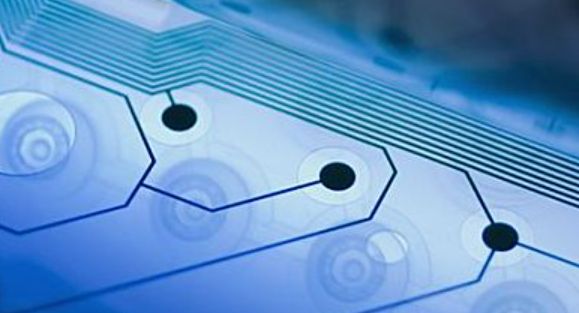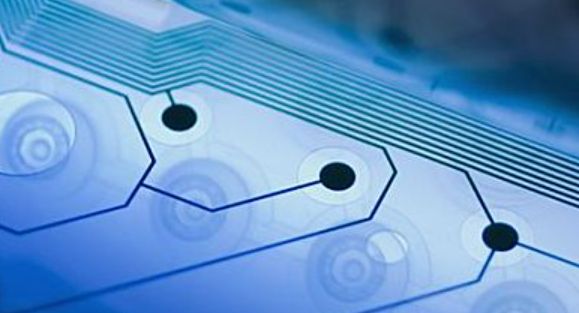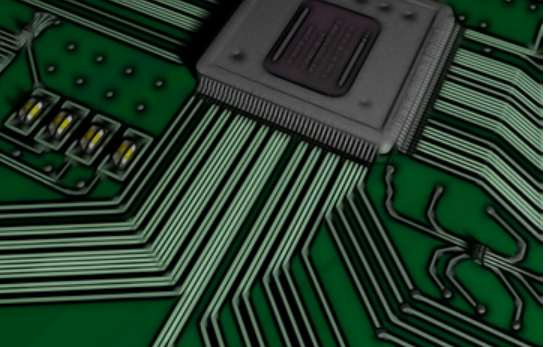
Weight and physical size are very important in many applications. If the actual power consumption of the component is small, the safety factor of the design may be too high, leading to the design of the circuit board based on the actual or conservative power consumption of the component value as the basis for thermal analysis.
In general, the distribution of copper foil on pcb boards is very complex and difficult to model accurately. Therefore, it is necessary to simplify the shape of wiring during modeling, and try to make the ANSYS model circuit board close to the actual circuit board. Electronic components on the circuit board can also be simulated by simplified modeling, such as MOS tube and integrated circuit block.
Thermal analysis
Thermal analysis in patch processing can assist the designer to determine the electrical performance of the components on the pcb board, and help the designer to determine whether the components or the circuit board will burn out due to high temperature. A simple thermal analysis is to calculate the average temperature of a circuit board, while a complex one is to build a transient model of an electronic device containing multiple circuit boards. The accuracy of thermal analysis ultimately depends on the accuracy of the component power consumption provided by the circuit board designer.
Weight and physical size are very important in many applications. If the actual power consumption of the component is small, the safety factor of the design may be too high, leading to the design of the circuit board based on the actual or conservative power consumption of the component value as the basis for thermal analysis. The opposite (and more serious) problem is a low thermal safety factor, which means the actual operating temperature of the component is higher than the analyst predicted. This problem is usually solved by adding cooling devices or fans to cool the circuit board. These add-ons add cost, increase manufacturing time, and introduce reliability instability into the design by adding fans, so the board is primarily cooled by active rather than passive methods (such as natural convection, conduction, and radiation).
Simplified modeling of circuit board

Before modeling, analyze the main heating devices in the circuit board, such as MOS tubes and integrated circuit blocks, which convert most of the power loss into heat when working. Therefore, these devices need to be considered in the modeling.
In addition, also consider the circuit board substrate, as the wire coated copper foil. They not only play a conductive role in the design, but also play the role of heat conduction, its thermal conductivity and heat transfer area are relatively large circuit board is an indispensable part of the electronic circuit, its structure is composed of epoxy resin substrate and copper foil coated as a wire. The thickness of the epoxy substrate is 4mm and the thickness of the copper foil is 0.1mm. Copper has a thermal conductivity of 400W/(m℃), while epoxy has a thermal conductivity of only 0.276W/(m℃). Although the copper foil added is very thin and fine, it has a strong guiding effect on the heat, so it cannot be ignored in the modeling.
How to improve the thermal reliability of PCB boards
Weight and physical size are very important in many applications. If the actual power consumption of the component is small, the safety factor of the design may be too high, leading to the design of the circuit board based on the actual or conservative power consumption of the component value as the basis for thermal analysis.

In general, the distribution of copper foil on pcb boards is very complex and difficult to model accurately. Therefore, it is necessary to simplify the shape of wiring during modeling, and try to make the ANSYS model circuit board close to the actual circuit board. Electronic components on the circuit board can also be simulated by simplified modeling, such as MOS tube and integrated circuit block.
Thermal analysis
Thermal analysis in patch processing can assist the designer to determine the electrical performance of the components on the pcb board, and help the designer to determine whether the components or the circuit board will burn out due to high temperature. A simple thermal analysis is to calculate the average temperature of a circuit board, while a complex one is to build a transient model of an electronic device containing multiple circuit boards. The accuracy of thermal analysis ultimately depends on the accuracy of the component power consumption provided by the circuit board designer.
Weight and physical size are very important in many applications. If the actual power consumption of the component is small, the safety factor of the design may be too high, leading to the design of the circuit board based on the actual or conservative power consumption of the component value as the basis for thermal analysis. The opposite (and more serious) problem is a low thermal safety factor, which means the actual operating temperature of the component is higher than the analyst predicted. This problem is usually solved by adding cooling devices or fans to cool the circuit board. These add-ons add cost, increase manufacturing time, and introduce reliability instability into the design by adding fans, so the board is primarily cooled by active rather than passive methods (such as natural convection, conduction, and radiation).
Simplified modeling of circuit board
Before modeling, analyze the main heating devices in the circuit board, such as MOS tubes and integrated circuit blocks, which convert most of the power loss into heat when working. Therefore, these devices need to be considered in the modeling.
In addition, also consider the circuit board substrate, as the wire coated copper foil. They not only play a conductive role in the design, but also play the role of heat conduction, its thermal conductivity and heat transfer area are relatively large circuit board is an indispensable part of the electronic circuit, its structure is composed of epoxy resin substrate and copper foil coated as a wire. The thickness of the epoxy substrate is 4mm and the thickness of the copper foil is 0.1mm. Copper has a thermal conductivity of 400W/(m℃), while epoxy has a thermal conductivity of only 0.276W/(m℃). Although the copper foil added is very thin and fine, it has a strong guiding effect on the heat, so it cannot be ignored in the modeling.









